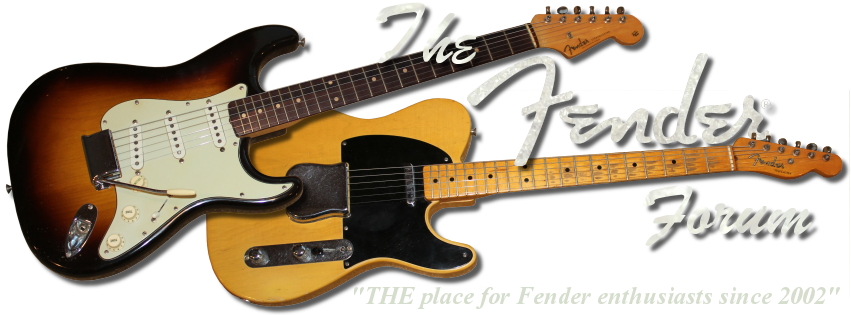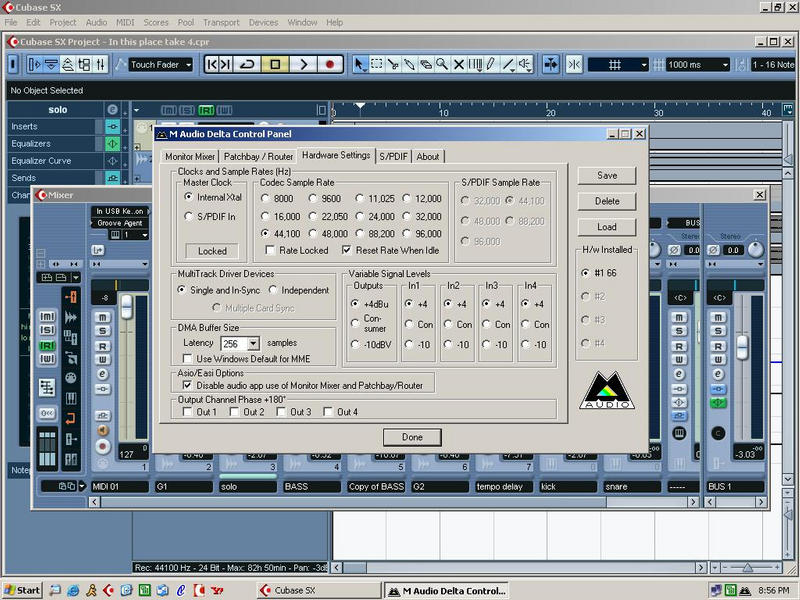I'm trying to get rolling with Cubase, and intend to use my J-Station with it in S/PDIF mode.
The J-Station's sample rate is 44.1 and I'd prefer to record in 48. Does this create a problem, or is the sample rate in an outboard modeler irrelevant? I suspect the latter, but I thought I'd ask.
Thanks for any help!



 Reply With Quote
Reply With Quote



